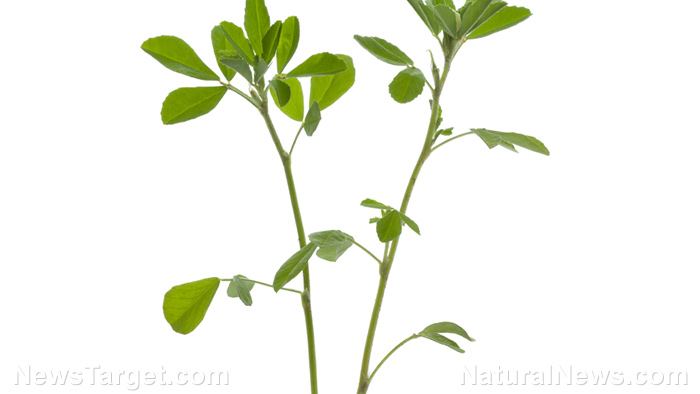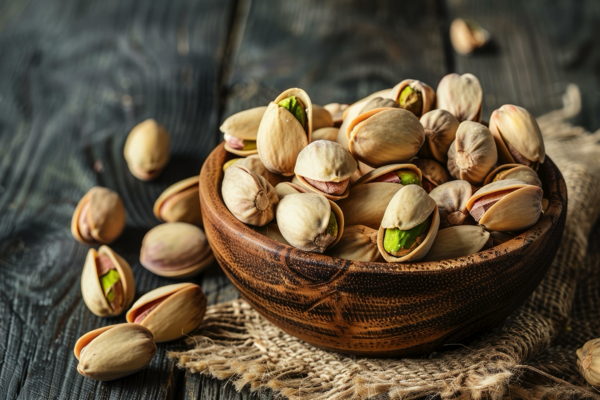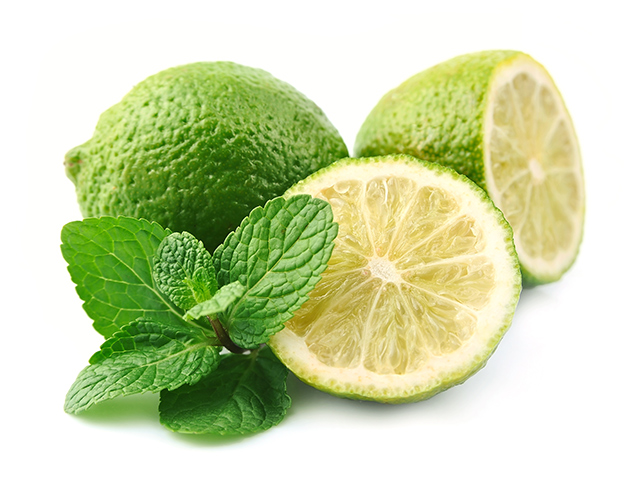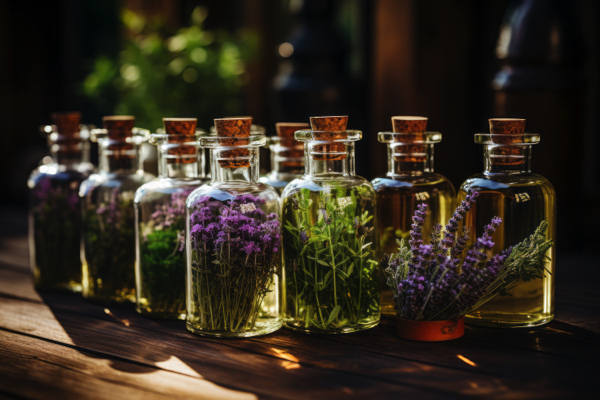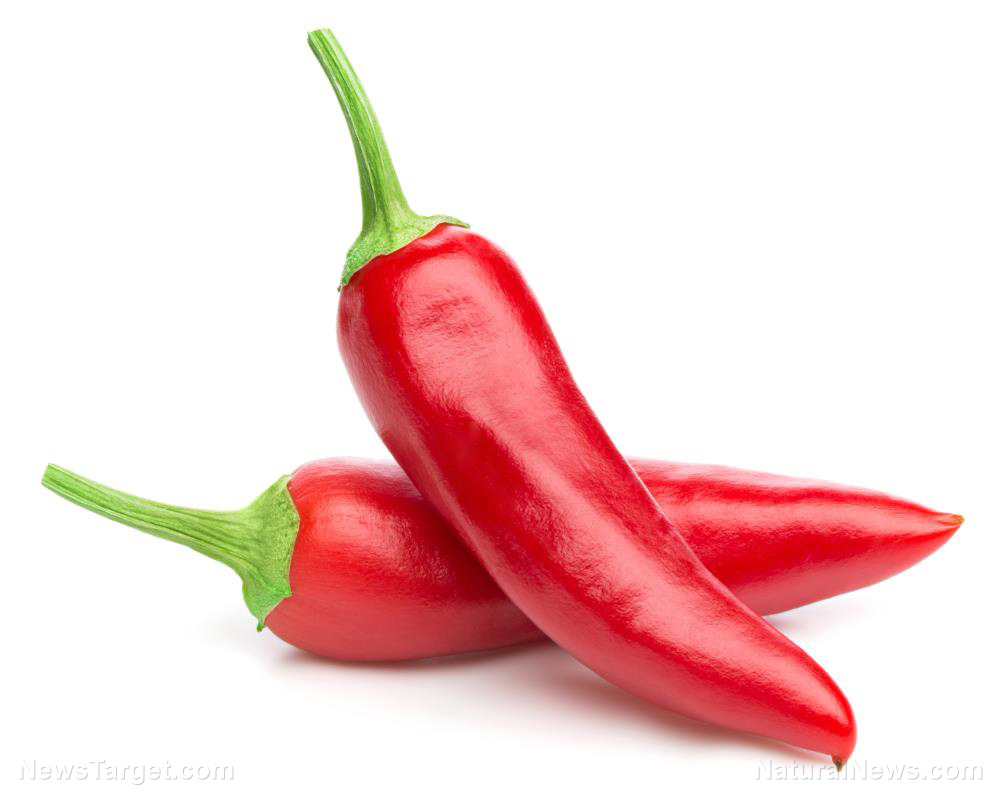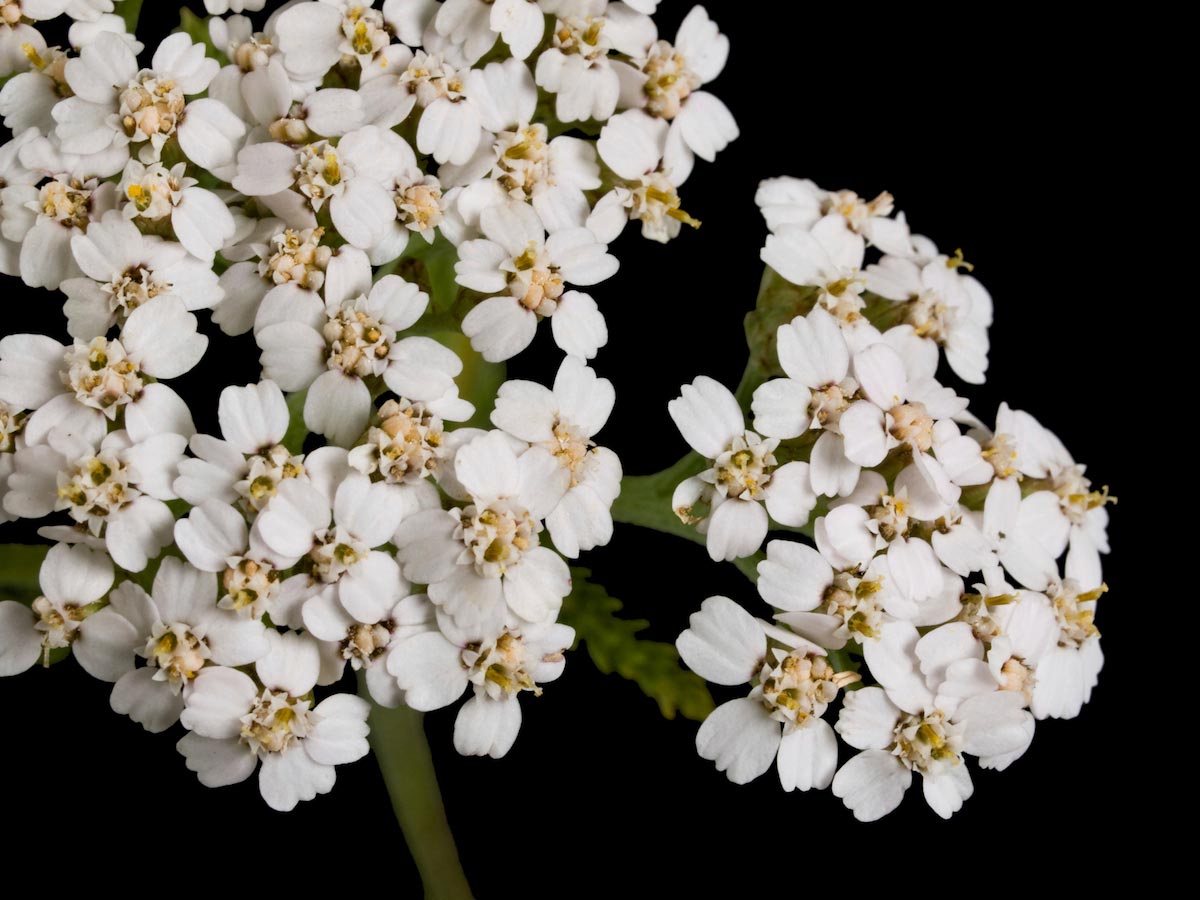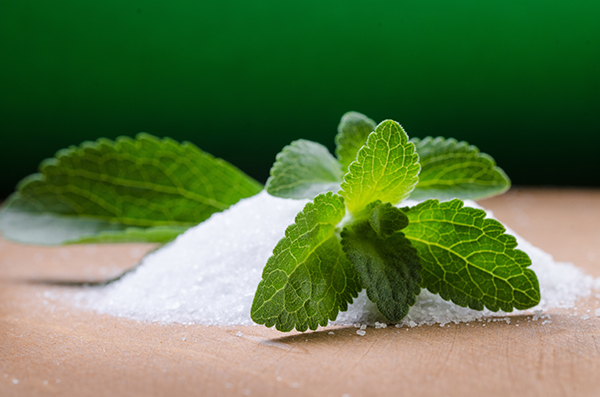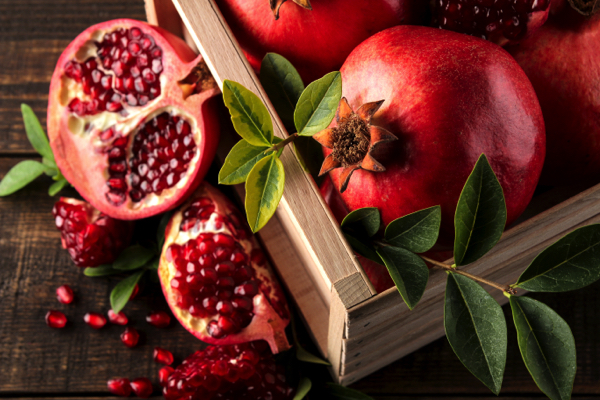The indispensable Tomato: A superfood with exceptional health benefits
07/24/2025 / By Laura Harris
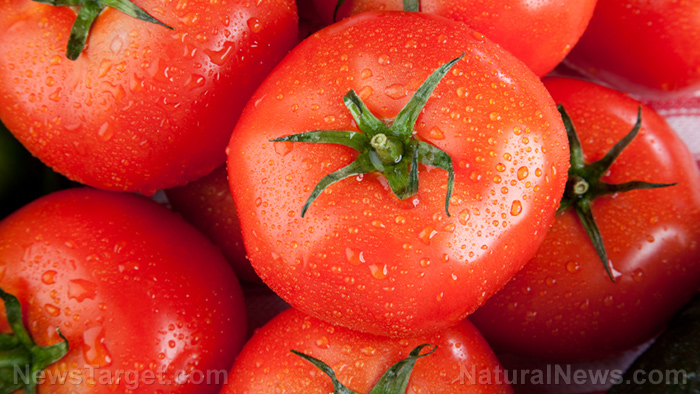
- Tomatoes originated in the Andes region of South America, first cultivated by indigenous peoples like the Aztecs. Introduced globally by Spanish colonizers, they are now a staple in various cuisines worldwide.
- Rich in vitamins, minerals and antioxidants like lycopene, tomatoes are linked to reduced heart disease and cancer risks. Its high water and fiber content supports hydration and healthy digestion.
- Tomatoes can support heart health, prevent cancer and protect against oxidative skin damage, but they could also trigger sensitivities (solanine in nightshades) or acid reflux.
- Conventional tomatoes often harbor pesticide residues. Organic varieties are safer to eat and offer higher nutritional value.
- Tomatoes can be used fresh (salads, salsas), cooked (sauces, soups) or processed (sun-dried, canned). They are a global kitchen essential with diverse applications.
Tomatoes (Solanum lycopersicum), one of the most widely consumed vegetables in the world, possess remarkable nutritional density and health benefits that make them an essential part of any healthy diet. Though botanically classified as a fruit, tomatoes are commonly treated as a vegetable in culinary contexts.
Tomatoes originated in western South America, where wild varieties grew in the Andes Mountains. Indigenous peoples in modern-day Peru, Ecuador and Bolivia cultivated them as early as 700 AD. The Aztecs later adopted tomatoes, calling them “tomatl” and used them extensively in their cuisine. (Related: Home gardening: Growing ripe, juicy tomatoes.)
Spanish conquistadors introduced tomatoes to Europe in the 16th century after colonizing the Americas. Initially met with suspicion, some Europeans believed them poisonous due to their relation to deadly nightshade, tomatoes gradually gained acceptance. By the 18th century, they became a staple in Mediterranean diets, particularly in Italy and Spain.
Today, tomatoes are a global culinary cornerstone, grown in nearly every country with a warm enough climate. The largest producers include China, India, the United States and Turkey.
Nutritional profile and health benefits
Tomatoes are low in calories but packed with essential nutrients, antioxidants and bioactive compounds. Key nutritional components include:
Vitamins and minerals
- Vitamin C – Boosts immunity and skin health.
- Vitamin K – Supports bone health and blood clotting.
- Potassium – Regulates blood pressure and heart function.
- Folate (B9) – Essential for cell growth and metabolism.
Antioxidants and phytonutrients
- Lycopene – A potent carotenoid linked to reduced risk of heart disease and certain cancers, such as prostate, lung and stomach cancers.
- Beta-carotene – Converts to vitamin A, supporting vision and immune function.
- Quercetin and kaempferol – Anti-inflammatory flavonoids that may protect against chronic diseases.
Hydration and fiber
- Tomatoes are about 95 percent water, making them a great hydrating food. Meanwhile, their fiber content supports healthy digestion and gut health.
Tomatoes are overwhelmingly considered nutritionally beneficial, though some potential concerns exist.
Some individuals with autoimmune conditions report sensitivity to solanine, a compound found in nightshade vegetables like tomatoes, which may cause discomfort. Tomatoes’ high acidity can also trigger acid reflux or heartburn in susceptible people. Despite these concerns, for most individuals, the health benefits of tomatoes, which include cancer-fighting and heart-protective properties, far outweigh the risks.
It’s worth noting that tomatoes frequently appear on the Environmental Working Group’s (EWG) “Dirty Dozen” list due to pesticide residues. Specifically, conventionally grown tomatoes typically contain four different types of pesticides, including chlorpyrifos (a neurotoxin), imidacloprid (linked to bee decline) and acephate (a potential carcinogen).
But the good news is, organic tomatoes offer a widely accessible alternative with fewer pesticide residues and potentially higher antioxidant levels, all while remaining budget-friendly. Opting for organic tomatoes is a wise choice for health-conscious consumers.
Tomatoes are not typically high in contaminants like lead or cadmium, though soil pollution in certain areas can pose risks. Washing and peeling may help reduce exposure, but heavy metal contamination is generally less of a concern compared to pesticide residues.
Culinary uses of tomatoes
As a culinary ingredient, tomatoes are incredibly versatile and feature in countless global dishes:
Fresh preparations
- Caprese salad (tomatoes, mozzarella, basil)
- Greek salad (cucumbers, olives, feta)
- Pico de gallo (Mexican salsa)
Cooked dishes
- Marinara sauce (pasta staple)
- Tomato soup (classic comfort food)
- Shakshuka (Middle Eastern eggs poached in tomato sauce)
Processed forms
- Sun-dried tomatoes (intense flavor)
- Tomato paste (concentrated umami)
- Canned tomatoes (year-round convenience)
Tomato is not just a beloved ingredient in our kitchens but also a nutritional powerhouse that offers numerous health benefits when consumed regularly. By understanding how to select, store, prepare and incorporate tomatoes into your diet, you can harness their full potential for optimal health.
This story is not medical advice and is not intended to treat or cure any disease. Always consult with a qualified naturopathic physician for personalized advice about your specific health situation or concern.
Visit NaturalNews.com, a great article source where you can learn about superfoods and their health benefits.
You can also try Brighteon.ai, an AI model created by Mike Adams, also known as the Health Ranger. This model is available as a free download to be run locally and is designed to help share and decentralize knowledge. By doing so, it aims to bypass censorship and empower people with knowledge.
If you’re looking for an uncensored video free speech website where you can openly discuss nutrition, natural medicine, ingredients and more, check out Brighteon.com and these two free speech social media sites, Brighteon.IO and Brighteon.social.
Watch the video below for tips on how to grow tomato plants in a plastic hanging bottle.
This video is from the Backyard Farming channel on Brighteon.com.
More related stories:
Here’s what eating tomatoes every day can do for you.
“Wartime Homefront Essential Skills” on BrightU: How to grow tomatoes in your backyard like a boss.
Soup as sauce: Creative ways to use tomato soup in pasta, pizza and casseroles.
Sources include:
Submit a correction >>
Tagged Under:
antioxidants, food cures, food is medicine, food science, fruits, functional food, grocery cures, ingredients, lycopene, natural health, nutrients, nutrition, organics, phytonutrients, tomatoes, veggie
This article may contain statements that reflect the opinion of the author
RECENT NEWS & ARTICLES
COPYRIGHT © 2017 NATURAL HEALTH NEWS

